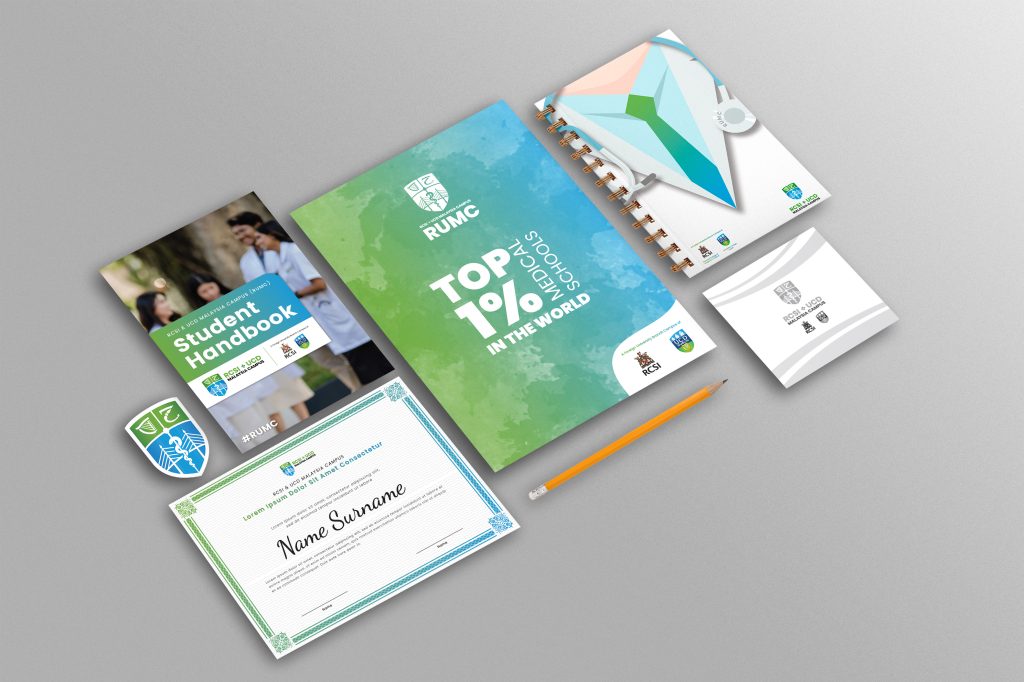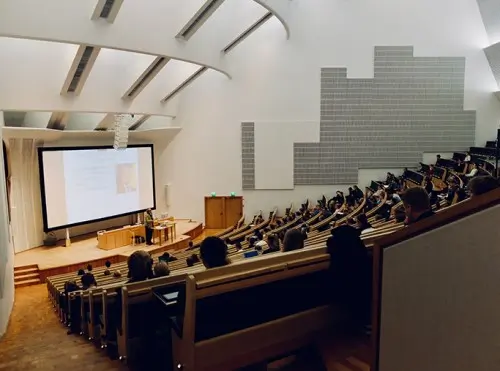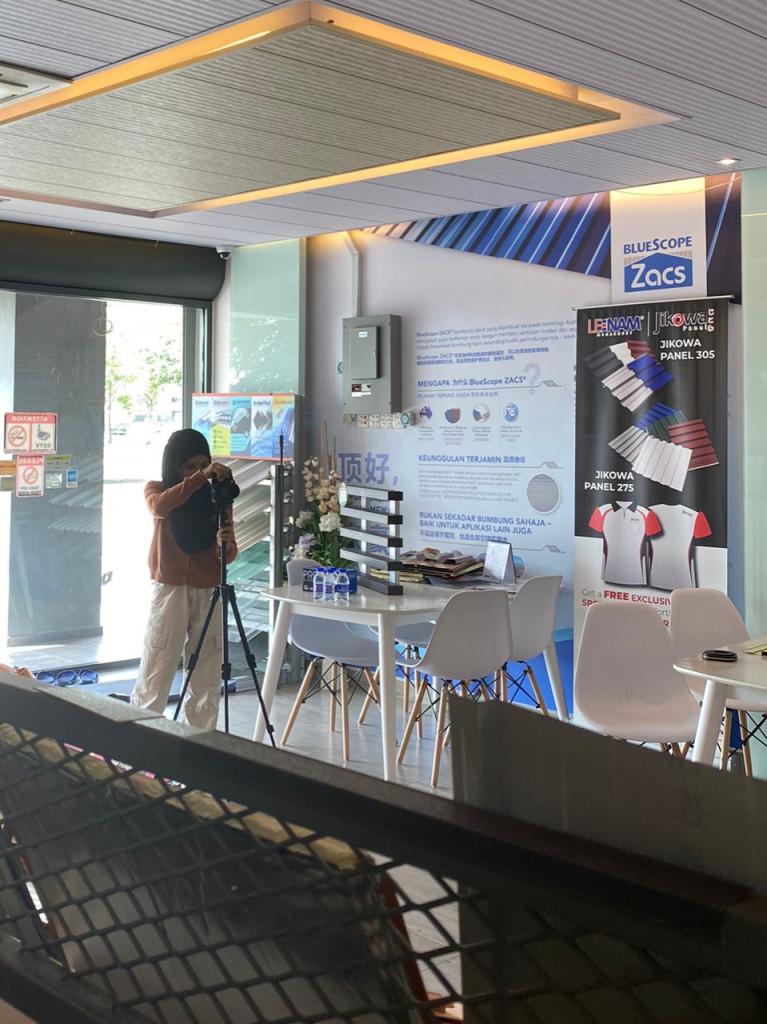Our top-tier consultancy services provide strategic guidance to elevate your entire digital presence.
Learn More
Contents
At its core, web design is mainly about incorporating programming and graphic design principles. To design a website, you will need to code using programming languages to build a website’s front-end (browser-side) and back-end (server-side).
However, a website is not just a product of design and technology; it usually needs to fulfil specific purposes. A website’s common objectives are attracting more traffic and converting visitors into buyers or clients.
The fact is that web design directly affects the website’s ability to build a solid online presence. There is no use in creating a website if no one can see or find it; this is where SEO comes into play.
Discussing SEO
Search engine optimization enhances a website’s online presence to reach out to as many target visitors as possible. Optimizing online presence means having the website visible to users using search engines like Google, Bing, and Yahoo, to look for information.
The visibility of a website depends on the ranking of its pages or posts on search engines. The more optimized the website and its content are, the higher the page rank will be. A high page rank results in increased website traffic and a high potential for business leads and sales conversions.
These results are what every website owner desires.
Because people rely on search engines to look for specific information on the internet, SEO best practices make a website more appealing to search engines and users.
There may be a lot of technicalities involved in the SEO process because it involves computers and technology. But the fundamental objectives of SEO are to provide people with a pleasant experience while getting the information they seek. This is why search engines develop a set of standards that rank web pages.
The goal of search engine algorithms is to simulate a human user experience. This is why one of the main tasks of bots and crawlers is to evaluate whether the user experience on a website is good or bad.
After defining SEO and discussing its importance, let us answer the main question – does web design significantly impact SEO?
The answer is a resounding YES.
Web design can affect the SEO standing of a website, and this impact is quite significant. The website must be designed and developed to fulfil SEO requirements.
In a nutshell, the design of the website and the way it provides user experience can affect how search engines rank sites.
Let us discuss how web design can impact SEO.
Quality Visuals
One key SEO metric is “dwell time”, which is the length of time a person spends exploring a webpage after clicking the page link on a SERP (Search Engine Results Page).
The idea behind this metric is that the longer the user explores the page, the more satisfied they are with it. Quality visuals make users stay longer on the website, so visually-appealing web pages paired with good content can affect dwell time. In addition, the look and layout of a website can influence the overall perception of a visitor.
A poorly designed website encourages mistrust from visitors, while an appealing one increases reputability. Users who trust the website tend to explore longer and engage more, which boosts SEO ranking.
Readable and Navigation-Friendly Website
Web designers must make sure that a site is easy to navigate. Search engine crawlers and users do not have to take time and a lot of effort to find what they need. Navigation issues may include:
- Too many categories
- Complex navigation menu with unclear categories
- Too few or no visible descriptive anchor text for internal links on the website
- URLs for each web page are long and confusing.
In addition, the web design should make content easy to read, or else readers would not stick around. Visitors consuming content longer leads to better SEO metrics like low bounce rate, high engagement rate, and high on-page time that affect page ranking.
Some design issues that affect readability includes:
- Tiny or hard-to-read fonts
- Pale font colour
- Dark background colours
- Content not divided into headings and subheadings
- Annoying graphics and design elements
- Too few images and graphics and too many long blocks of paragraphs
A website with a poor design will make it hard for users to navigate the pages and find information in a timely manner. This is one of the reasons why web design impacts user experience and SEO.
Mobile-friendly Web Design

Traditionally, designers build a website based on how it will appear on desktop or laptop monitors. But recent research shows that more people use their phones to access search engines and websites.
Search engines favour websites with a highly appealing and functional mobile website design. At the moment, Google’s algorithm prioritizes mobile-first indexing. Thus, web pages, which are not optimized for mobiles, will most likely rank low on search engines.
Most experienced website designers choose a responsive design because this strategy allows the website layout, size, resolution, and design elements to adjust according to the screen size and dimensions of the device used.
Crawler-Friendly Web Design
Web designers should not only look into a human user’s experience when optimizing SEO; they should also optimize the site for search engine crawlers.
There are millions of websites around the world; it is the job of search engines to sort through a tremendous amount of information and deliver the right one to the user searching.
Search engines like Google and Bing deploy ‘crawlers’ to websites to rank web pages appropriately. Web crawlers are computer programs that collect data and index information from web pages. After evaluating your site, web crawlers use the gathered information to determine the webpage ranking.
Some web page design choices can make it difficult for crawlers to index the site and thus result in a lower page ranking.
Examples of this type of design mistake to avoid include:
- Too many Flash and Javascript design elements and search engine crawlers find it hard to read data embedded in elements made from these two programming languages.
- Page URLs that are long with random letters and numbers will make it hard for crawlers to rank the relevant pages.
- No meta titles, meta descriptions, and keyword-rich alt texts were added to the images, and this will prevent bots and crawlers from indexing images.
Website owners must make necessary technical adjustments to make their sites readable to search engine crawlers.
Increase Website Speed

The loading speed of a website affects its SEO ranking, and this is because search engines such as Google note that slow loading time harms the user experience.
Websites that load in five seconds result in longer average sessions. Slow websites discourage users from engaging, converting, and staying longer. Developers can go for design options that enable web pages to load faster. Examples of these options are
- Minimizing HTTP requests
- Minify your CSS and JS files
- Compressing images to reduce server loading time
- Minimizing the use of redirects
- Using caching tools
Conclusion
Web design and SEO may be two different aspects of a website or online business. However, these two aspects cannot be implemented without the other, especially if the website is an online business that depends on leads and conversion.
The primary aim of search engines is to offer appropriate, desirable, and complete information to visitors using them. But on the part of online entrepreneurs, fulfilling SEO standards is a primary digital marketing strategy and investment.
Thus, web designers like front-end and java developers and SEO experts should work closely to merge SEO and web design best practices to produce a site that offers a great design and superb user experience. The marriage of web design and SEO principles will reap more benefits if it happens in the early stages of website development.
SEO Project by Kode Digital Experts
The We Care ™ Workshops team wishes that users can access the necessary information about upcoming virtual workshops on the website. We support their needs to serve more online crowds with our Search Engine Optimization (SEO) services. We devised an SEO-friendly website utilising location-based keywords so parents or guardians who seek help in autism parenting can quickly locate We Care ™ Workshops on the search engine. In addition, our team amended the website content accordingly and took in all factors that affect their website’s visibility.

























